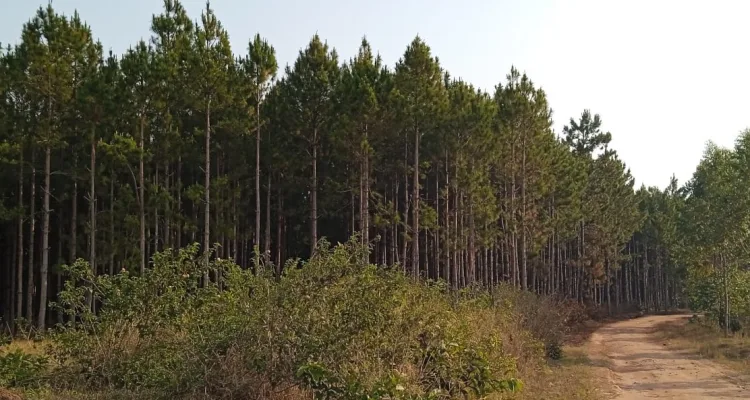
The Malawi Government, through the Ministry of Natural Resources and Climate Change, says 40 million trees have been planted in the 2023/2024 national forestry season.
This is contained in a press statement which has been signed by Director of Forestry Titus Zulu, in which the ministry has announced the closure of the 2023/2024 national forestry season.
The statement says the 2023/2024 national forestry season, which started on December 15th, 2023 to April 15th, 2024, 40 million trees were planted across the country, surpassing the targeted 34 million trees
“Annually, the Ministry, through the Department of Forestry, spearheads tree planting and forest management activities nationwide from December 15th to April 15th of the ensuing year. The primary objective is to foster awareness regarding the significance of trees and forests while advocating for a culture of tree cultivation and stewardship in the country.
“The public is therefore informed that a remarkable achievement has been attained in the national tree-planting and management efforts. The country has surpassed the initial target of 34 million trees, approximately 40 million trees have been successfully planted across the country. Additionally, an impressive 7,980.41 hectares of natural regeneration have been managed,” reads part of the statement.
While attributing the accomplishment to extensive stakeholder engagement in tree-planting initiatives, the ministry admitted some challenges despite the successes.
The ministry mentioned adverse weather conditions, including floods and drought as some of the challenges experienced and said the Department of Forestry, in collaboration with relevant stakeholders, is initiating factors to ensure the well-being of the newly planted trees.
One of the factors mentioned is the adoption of rainfall harvesting techniques, such as swales, and the establishment of eyebrow basins to direct water to the root zones, thus enhancing the survival rate of the planted trees and planting drought-resilient tree species like Keysha wa limo, Mtangatanga, Nsangu, Neem, Mthethe, and Bwemba.
The Ministry has then appealed to the public to persist in planting trees in areas where rains continue and land maintains moisture, saying this collective endeavor may bolster the realization of Malawi Agenda 2063, elevate survival rates, and foster a deeper appreciation among present and future generations for the indispensable role played by trees and forests.














